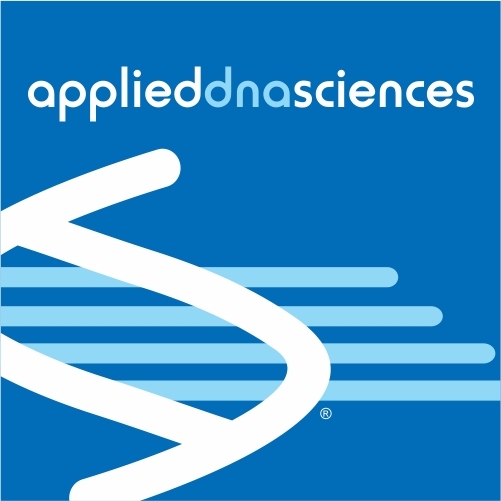STONY BROOK, N.Y.– Applied DNA Sciences, Inc. (NASDAQ: APDN) (the “Company”), a leader in PCR-based DNA technologies, announced today that it received its largest single purchase order for LinearDNA™ valued above the mid-six-figures. The order was placed under a long-standing supply agreement for the bulk manufacture of LinearDNA for a global manufacturer of in vitro diagnostics. Under the terms of the repeat order, the Company will deliver quantities of LinearDNA to the customer in the current quarter, with the full order expected to be fulfilled over the subsequent three quarters.
LinearDNA is produced using an enzymatic (cell-free) manufacturing platform that eliminates the use of fermenters and bacteria required by plasmid DNA, the industry’s current manufacturing standard for DNA. LinearDNA eliminates many of the challenges associated with current plasmid-based DNA manufacturing and produces a DNA product without the risks of bacterial contamination and non-target DNA sequences. The enzymatic process provides the means to optimize a customer-specific chemistry and sequence of LinearDNA. This capability has been leveraged for diagnostic applications, including today’s announced repeat order, and is commonly used when customers order LinearDNA for use as IVT templates for RNA production.
Dr. James A. Hayward, president and CEO of Applied DNA, said, “The application of DNA-based probes in molecular diagnostics is rapidly expanding to give the industry powerful new tools to enhance the diagnosis of infectious diseases, genetic disorders, and malignancies. Our proprietary enzymatic approach to manufacturing DNA via PCR underpins our ability to produce DNA more efficiently and rapidly relative to other DNA production methods and at scale. Applying this capacity also to the manufacture of therapeutic DNA for the next generation of genetic medicines, we believe LinearDNA sits at the intersection of two growing life sciences segments that hold the potential to transform human health.”



